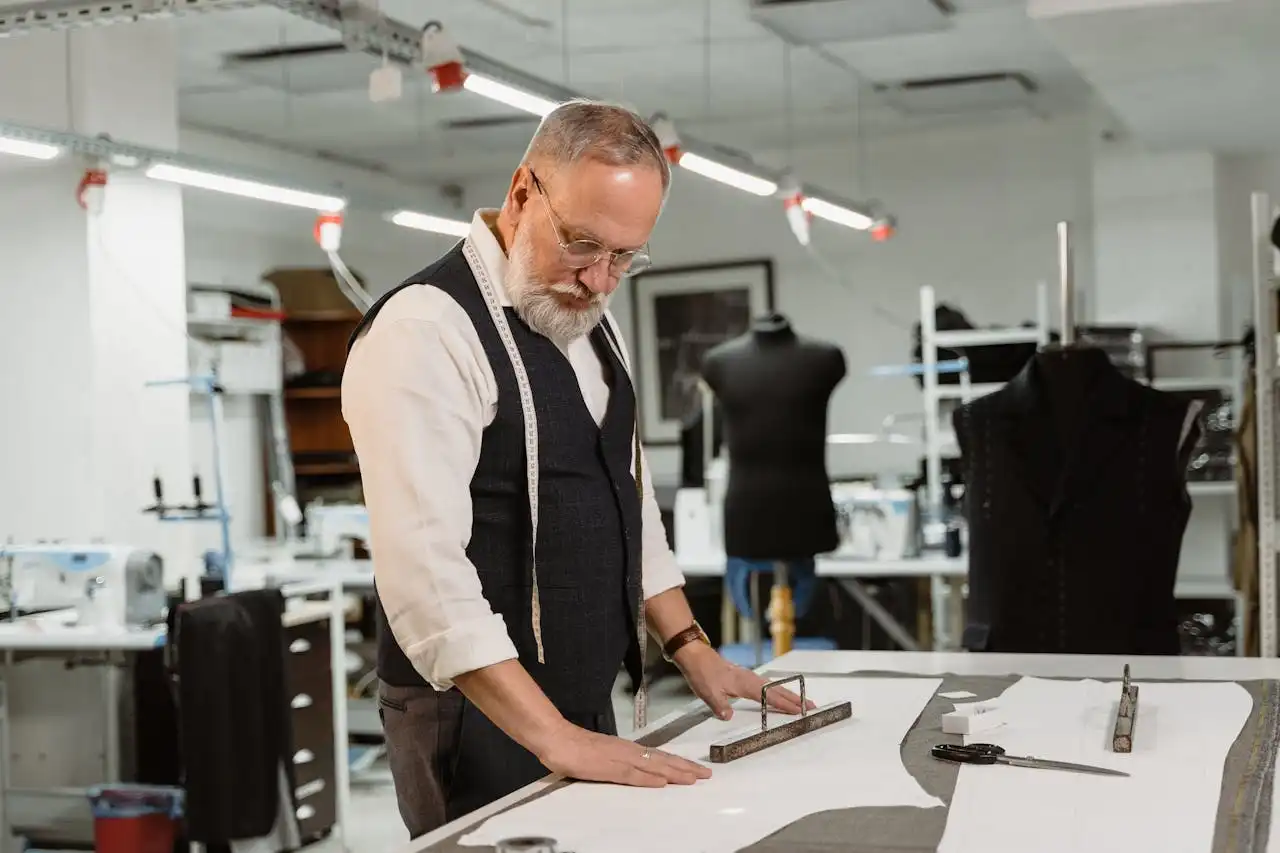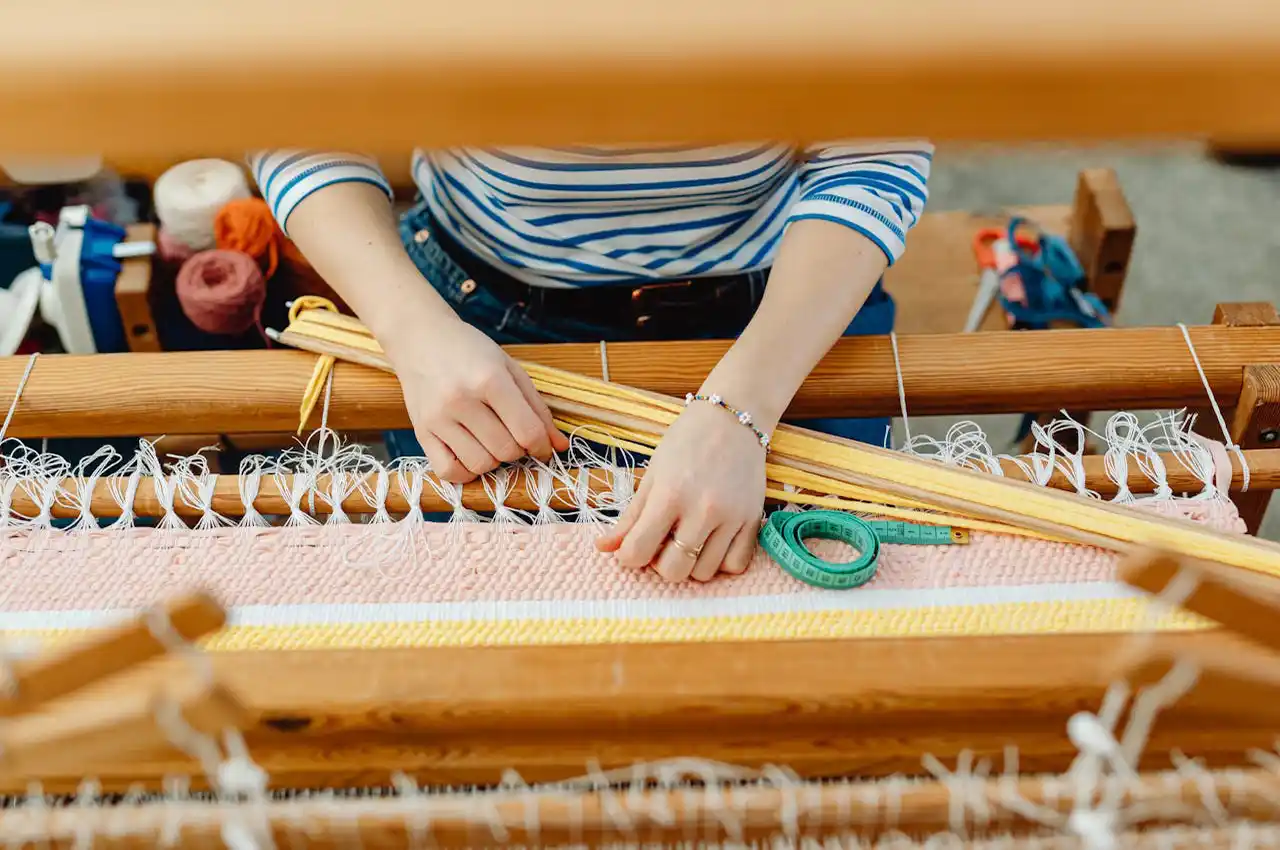The history of fashion is as rich and varied as human civilization itself. From the earliest days when clothing was a purely functional necessity to the present era where it serves as a form of personal and cultural expression, fashion has undergone profound transformations. One of the most significant changes in the history of fashion is the shift from handmade garments to mass production. This evolution has had far-reaching implications on society, the economy, and the environment.
Handmade Garments: The Beginnings
In ancient times, clothing was crafted by hand, often by the individuals who would wear them or by skilled artisans within small communities. These garments were made from natural materials such as animal hides, plant fibers, and, later, woven fabrics. The process was labor-intensive and time-consuming, with each piece of clothing being unique. Techniques such as weaving, knitting, and sewing were developed and refined over centuries, with craftsmanship often passed down through generations.
Clothing during this period was not just a means of protection against the elements but also a symbol of status and identity. In many cultures, the quality, complexity, and materials of one’s attire indicated social standing, profession, and even regional origin. The exclusivity and craftsmanship of handmade garments meant that fashion was largely accessible only to the wealthy and powerful, while the lower classes made do with simpler, utilitarian clothing.
The Industrial Revolution: A Paradigm Shift
The advent of the Industrial Revolution in the late 18th and early 19th centuries marked a dramatic turning point in the fashion industry. With the invention of machines such as the spinning jenny, the power loom, and the sewing machine, the production of textiles and clothing shifted from manual labor to mechanized processes. This shift enabled the mass production of garments, drastically reducing the time and cost associated with clothing manufacturing.
The ability to produce large quantities of clothing quickly and cheaply revolutionized the fashion industry. Ready-made garments became more accessible to a broader segment of the population, leading to the democratization of fashion. The rise of department stores and mail-order catalogs in the 19th century further facilitated the distribution and consumption of mass-produced clothing.
The 20th Century: Fashion for the Masses
The 20th century saw the fashion industry grow into a global powerhouse. Innovations in synthetic fibers such as nylon, polyester, and spandex, along with advancements in dyeing and finishing techniques, expanded the possibilities for clothing design and production. The rise of global trade and improved transportation networks enabled fashion trends to spread rapidly across continents, creating a more interconnected and dynamic fashion landscape.
The concept of “fast fashion” emerged in the late 20th century, characterized by the rapid turnover of styles and trends. Companies like Zara, H&M, and Forever 21 perfected the model of quickly translating high-fashion designs into affordable, mass-produced garments. This approach catered to the modern consumer’s desire for variety and immediacy but also led to significant environmental and ethical concerns.
Modern Challenges and Future Directions
The mass production of clothing has undoubtedly made fashion more accessible, but it has also introduced challenges such as overconsumption, waste, and exploitative labor practices. The environmental impact of the fashion industry, particularly in terms of resource consumption and pollution, has become a critical issue in recent years.
In response, there is a growing movement towards sustainable and ethical fashion. Designers and consumers alike are increasingly prioritizing quality over quantity, seeking out eco-friendly materials, and supporting fair labor practices. Advances in technology, such as 3D printing and smart textiles, are also opening new avenues for innovation in garment production.
Conclusion
The evolution of fashion from handmade garments to mass production reflects broader societal changes and technological advancements. While the journey has brought about greater accessibility and variety in clothing, it has also posed significant challenges. As the fashion industry continues to evolve, finding a balance between innovation, sustainability, and ethical practices will be crucial in shaping the future of fashion.




